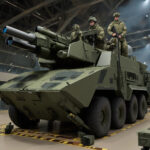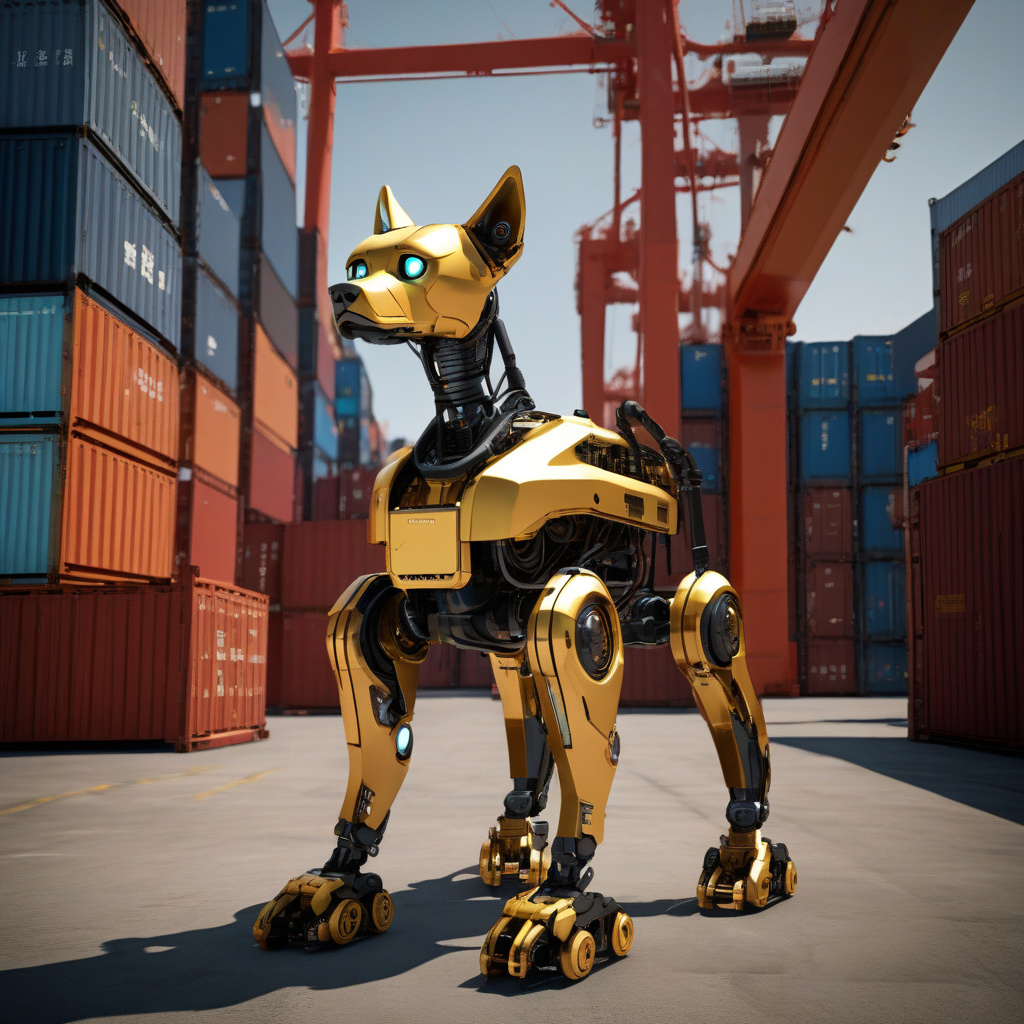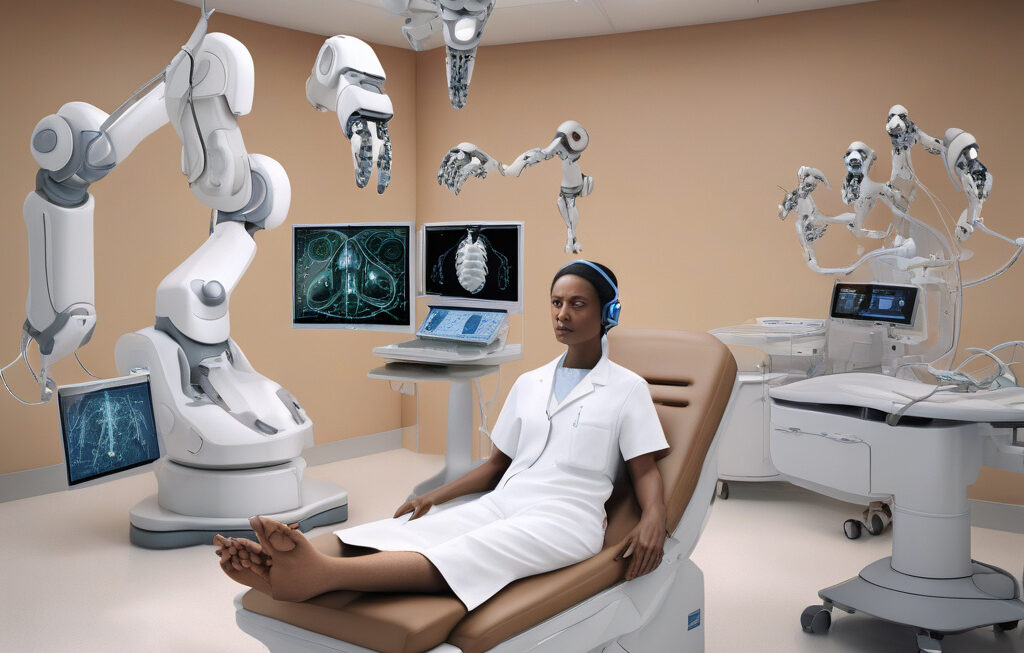China Deploys Robot Dog to Sniff Nuclear Radiation Threats at Major Cargo Ports
Robotic systems are assisting humans in multiple sectors across the world. The use of innovative technology has revolutionized various industries, including security and defense. China, known for its advancements in technology, has recently deployed a robot dog to sniff out nuclear radiation threats at major cargo ports.
This futuristic initiative aims to enhance security measures and ensure the safety of the ports by detecting potential risks efficiently. The robot dog, equipped with state-of-the-art sensors and AI technology, can swiftly identify radioactive materials that may pose a danger to the environment and the people working at the ports.
The deployment of the robot dog highlights China’s commitment to leveraging automation and artificial intelligence to address security challenges effectively. By harnessing the power of robotics, the country is not only streamlining security processes but also staying ahead in the technological race.
The use of robotic systems in security operations is not limited to China. Countries worldwide are increasingly adopting such technologies to bolster their defense mechanisms and protect critical infrastructure. These robots can perform tasks that may be dangerous or tedious for humans, making them invaluable assets in safeguarding various facilities.
In addition to enhancing security, the deployment of robot dogs at major cargo ports also showcases the increasing role of automation in mitigating potential risks. By utilizing these advanced technologies, authorities can proactively detect and neutralize threats, preventing any untoward incidents from occurring.
Furthermore, the efficiency and accuracy of robot dogs in detecting nuclear radiation threats underscore the significant strides made in the field of robotics and AI. These intelligent machines are capable of analyzing vast amounts of data in real-time, enabling quick and precise threat assessments.
As the global landscape continues to evolve, embracing technological innovations like robot dogs becomes imperative for ensuring comprehensive security measures. The ability of these robots to operate autonomously and cover large areas swiftly makes them indispensable tools in safeguarding critical infrastructure and responding to emergencies effectively.
In conclusion, the deployment of a robot dog to sniff out nuclear radiation threats at major cargo ports in China signifies a significant advancement in security technology. By harnessing the capabilities of robotics and AI, countries can strengthen their defense mechanisms and protect vital assets from potential risks. As automation continues to shape the future of security operations, embracing innovative solutions like robot dogs will be crucial in staying ahead of emerging threats and ensuring a safer environment for all.
robotic technology, security innovation, artificial intelligence, nuclear radiation detection, cargo port security












